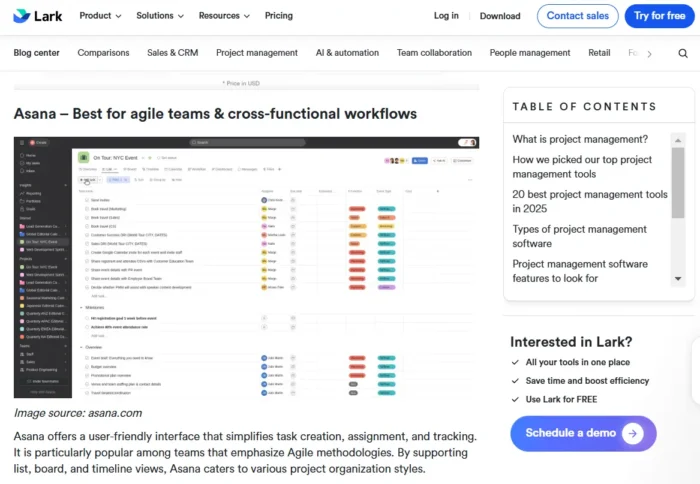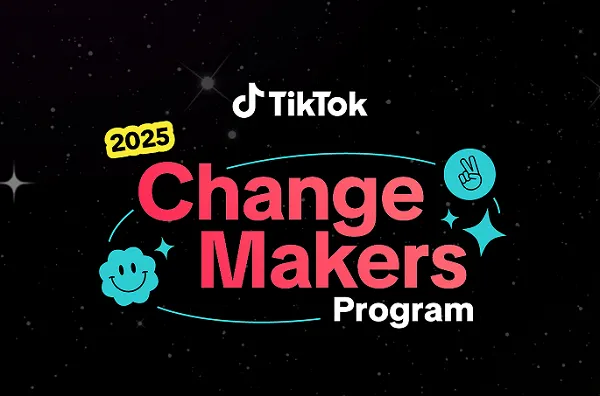How to navigate the sprawling world of connected TV
For CTV advertisers, MNVN offers guidance on evolving technology that can better target their streaming audiences and alleviate fragmentation across devices.

Streaming usage surged during the pandemic. With so many hours stuck at home, and so many streaming options to flip through on their connected TV (CTV) devices (Roku, Xbox, Apple TV, smart TVs, etc.), people couldn’t binge enough content. They tried out new, affordable services like Peacock and signed up for free ones like IMDb TV, forgoing the pricey trappings of traditional broadcast and cable TV.
In fact, viewers didn’t even mind ads interrupting their shows if it meant they could get their programing for free or at a cheaper price: Six in 10 viewers said they switched from ad-free to ad-supported streaming channels last year.
This is great news for marketers, as the popularity for ad-supported video on demand (AVOD) is only expected to skyrocket further: Between 2020 and 2026, AVOD revenue should triple to $31 billion in the U.S. The downside to all this viewer choice, though, is that there are just too many options for advertisers to consider and manage.
From free ad-supported streamers like Tubi to those that offer lower-cost monthly subscriptions in exchange for advertising, like HBO Max, the average household now subscribes to 4.7 services. It can feel cumbersome for advertisers to divvy up budgets and measure success rates that aren’t standardized across streaming platforms.
So how should advertisers navigate this new and continually evolving and sprawling world of CTV? Let’s take a look.
Challenges for CTV advertisers
Just five years ago, there were a lot fewer streaming options—many viewers stuck to Netflix, Hulu and Amazon Prime. But now, with dozens of streamers available, advertisers are less sure how and where to make the most of their advertising dollars, and the following challenges persist:
● The logistical nightmare of managing the ad-buying process.
Traditionally, when brands want to advertise with a streaming platform, they need to go directly to the streamer. This often results in advertisers navigating a complex web of creative management, media plans, budgets and measurement. But there is not a lot of time spent focusing on developing a better strategy or creative approach.
● The difficulty of tracking impressions from TV ads to an advertiser’s site. While CTV can be viewed on a multitude of devices, viewers most frequently watch on their televisions. That creates a problem: Viewers can’t visit an advertiser’s website on their television—at least the non-smart TVs—making it harder to accurately measure when they visit a website and make a purchase on another device in the household.
● The nonstandardized, noncentralized way to measure success between streamers.
It’s become nearly impossible to quantify success on connected TV when every solution or service offers different trackable metrics. For example, one popular ad-supported service offers insight into impressions, completion rate, clicks and click-through rates, but half of these metrics aren’t even relevant if the ads appear on television screens. Another service puts heavy emphasis on measuring reach and frequency, the same metrics that are used in cable and broadcast TV. That’s because some streamers themselves are still figuring out what it means to measure success on CTV.
That’s not giving you much insight into your efforts, especially when you consider that with CTV ads, it’s possible to track the actual outcomes driven by your campaigns. If you’re working with a number of solutions that don’t offer that, you’re not getting the full picture.
Solutions for CTV advertisers
The good news is advertisers can look for technology solutions to help alleviate fragmentation while targeting their intended streaming audiences. Not all CTV ad platforms and their software are created equal, so here’s what to look for:
1. CTV ad platforms that are transparent about where ads are going.
Some platforms will disperse ads on lesser-known apps. You’ll want a platform that offers advertisers the ability to reach viewers across a wide range of premium CTV networks and apps. Advertisers also want a platform that can target specific audiences, not just a particular movie or show, so when a viewer moves from one network to another the ads will still reach them.
2. CTV ad platforms that allow marketers to track ads between devices.
The technology advertisers choose should make the same metrics available among devices, regardless of where the viewer is watching content. Today’s technology (MNTN’s Cross-Device Verified Visits feature, for example) can measure any user visits to an advertiser’s site following the guaranteed in-view display of their ads, in a window of time defined by the advertiser.
3. CTV ad platforms that streamline metrics, revenue and site visits through an easy-to-manage system.
To tackle unwieldy metrics between streamers, you want to work with a streamlined system. Advertisers want to not only see impressions and completion rates in real time, but also get outcome-focused ones such as website visits, conversions, cost per acquisition, return on ad spend and more—all of which are tied back to the particular TV campaign.
For example, Reeds Jewelers, one of the largest U.S. retail jewelry chains, used MNTN software to implement and track a nonskippable Mother’s Day CTV ad on premium streamers last year. In the weeks leading up the holiday, Reeds was able to engage viewers with timely messaging, drive initial site visitation and convert sales. It resulted in Reeds increasing its campaign conversion rates by 64% and return on ad spend by 39%.
Today, more than 70% of American adults ages 18 to 44 are watching streaming services. With the right technology, getting your brand’s message to the right segment of this audience doesn’t have to be a headache. It can be as easy as uploading your ad, choosing your audience, selecting your campaign parameters and sitting back and tracking your rewards.

 Astrong
Astrong 
































